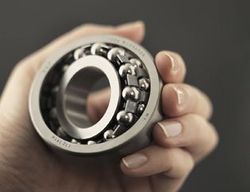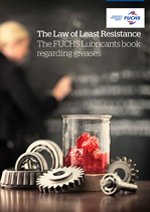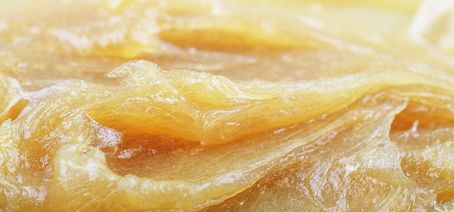About over-lubrication and re-lubrication
The risks of over-lubrication
The correct amount and frequency of lubrication are important to the function. More is not always better, in fact with greases overdosing can be very costly.
Over-lubrication of bearings can lead to higher temperature and subsequent oxidation of the grease, which degrades and ages far more quickly. Energy loss in the bearing increases, oil can 'bleed' out from the grease, and the thickener solidifies under long-term high temperature. New grease may not reach the lubrication point, and this can lead to higher component wear and eventually bearing failure. Seals can also be damaged by over-lubricated bearings. Excessive pressure from the grease gun when lubricating bearings can also damage the seal, potentially allowing water and pollutants in, which leads to wear and corrosion.
For the best results in industry, for example, all lubrication points should be reviewed and a maintenance schedule established. A meticulous review of the amount of grease and re-lubrication intervals is usually required. Calculation software is available for this, and FUCHS LUBRICANTS's application engineers work in close collaboration with different industrial sectors, setting up lubrication schedules and recommending the best products for optimal performance and reduced maintenance costs.
Read the bearing manufacturer's instructions to ensure the best function, and consult one of our application engineers for professional advice.
Points to remember for re-lubrication

- Ideally use the same type of grease as in the application. If not – check miscibility
- Re-lubricate at operating temperature and during rotation
- Re-lubricate before any long period of down time
- Do not over-lubricate
- The re-lubrication interval may need to be adjusted depending on temperature, oscillation, load and environment. Consult your contact at FUCHS LUBRICANTS
Re-lubrication intervals
When the temperature exceeds 70°C , re-lubrication must be performed more frequently. Twice as often for each 15°C rise in temperature – so for each 15°C above 70°C, the interval is halved. Up to 115°C for a normal bearing, after this special bearings are required.
Temperature of the outer ring
| 100 °C | • | • | • | • | • | • | • | • | • | • | • | • | • | • | • | • | • |
| 85 °C | • | • | • | • | • | • | • | • | • | ||||||||
| 70 °C | • | • | • | • | • | ||||||||||||
| 55 °C | • | • | • | ||||||||||||||
| 40 °C | • | • | |||||||||||||||
| time → | |||||||||||||||||
More about grease

Handbook
The Law of Least Resistance - The FUCHS Lubricants book regarding greases.
